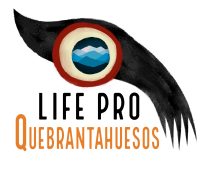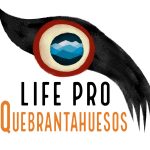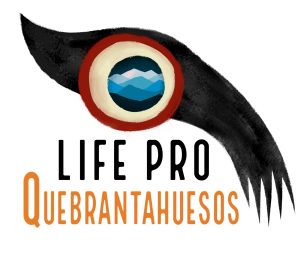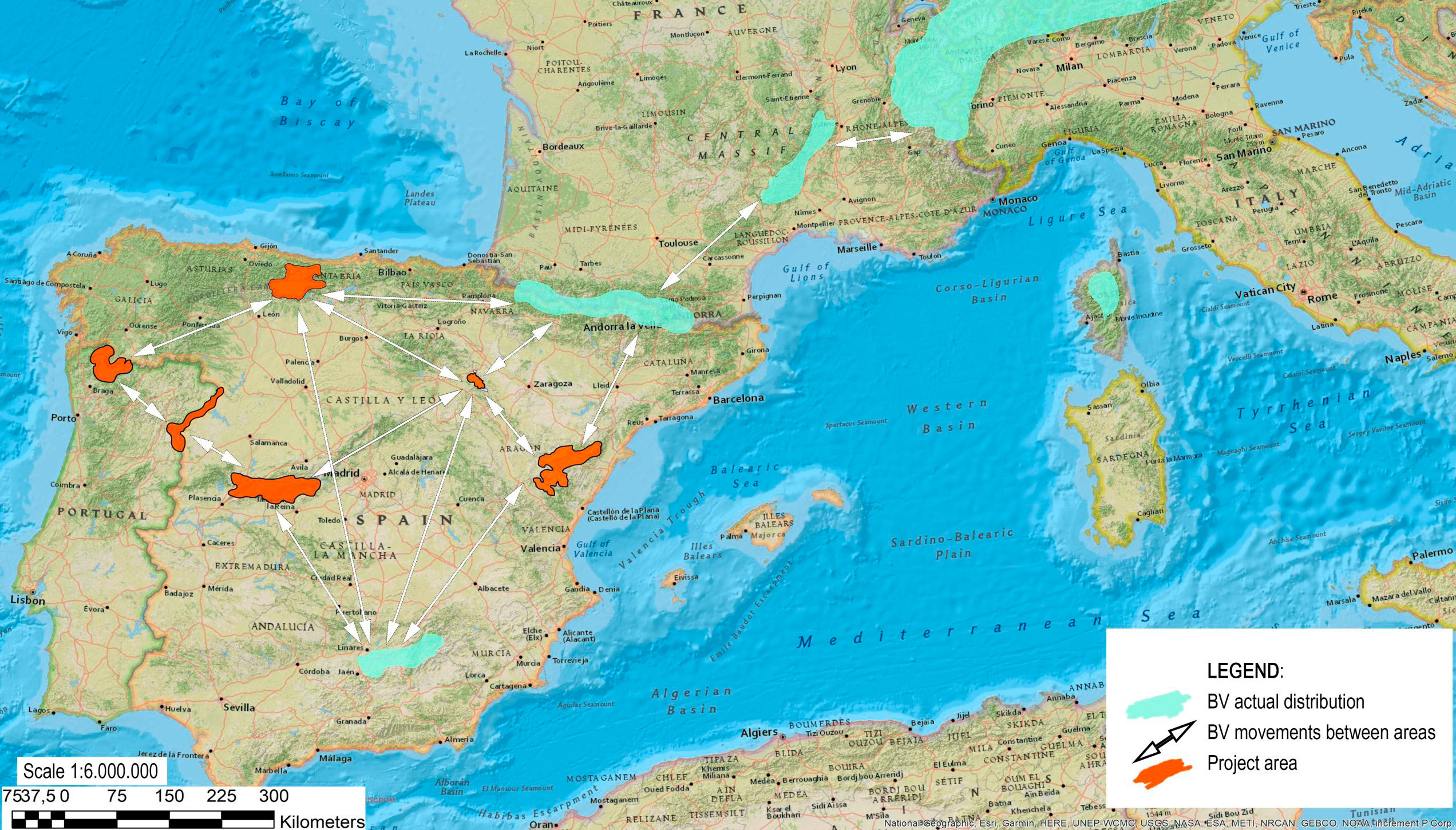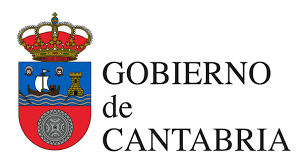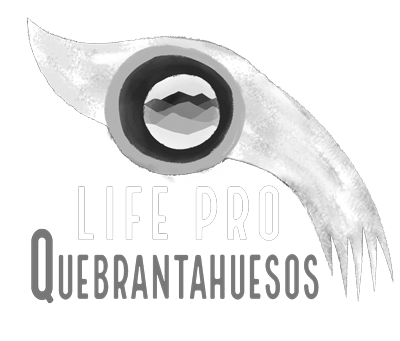Areas of action
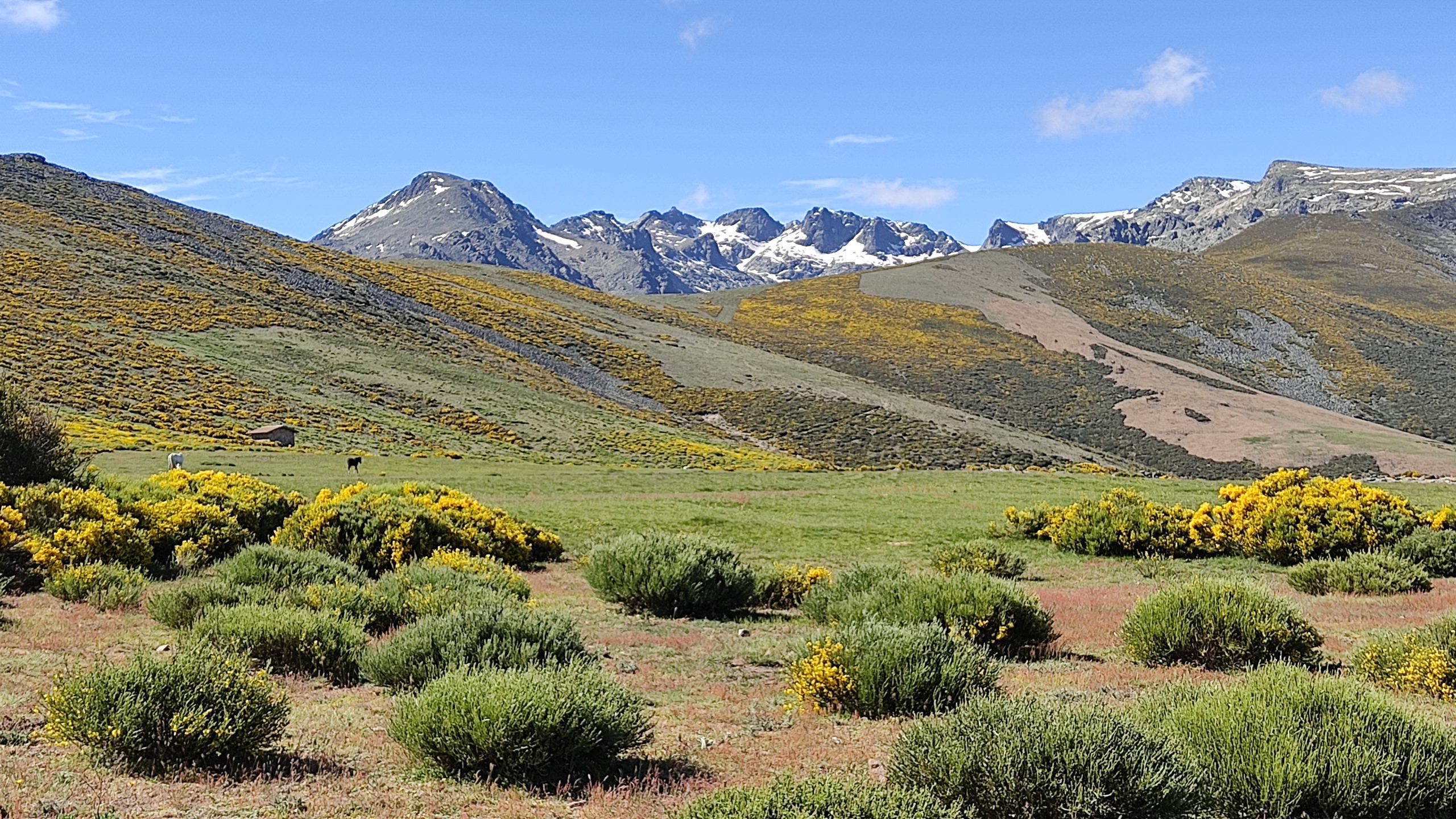
GREDOS
Natura 2000 Site, SPA ES4110002
(86,944 ha)
The Sierra de Gredos is the most rugged sector of the Central System, which divides the Iberian Peninsula in two and constitutes a formidable ecological corridor. Gredos is about 140 km long and 40 km wide and includes the summit of the central system (Almanzor 2591 m asl).
The Bearded Vulture disappeared from Gredos in the 1940s. Viability analyses indicate that 67% of the habitat is suitable for the species. Furthermore, it has abundant food resources, both natural (12,000 mountain goats, several thousand deer and roe deer) and livestock (16,000 goats and 18,000 cows) and has a good population of carrion-eating birds of prey (Griffon vulture 74pp, Black vulture 37pp, Egyptian vulture 1pp), so it has optimal conditions for maintaining an autonomous population of bearded vultures.
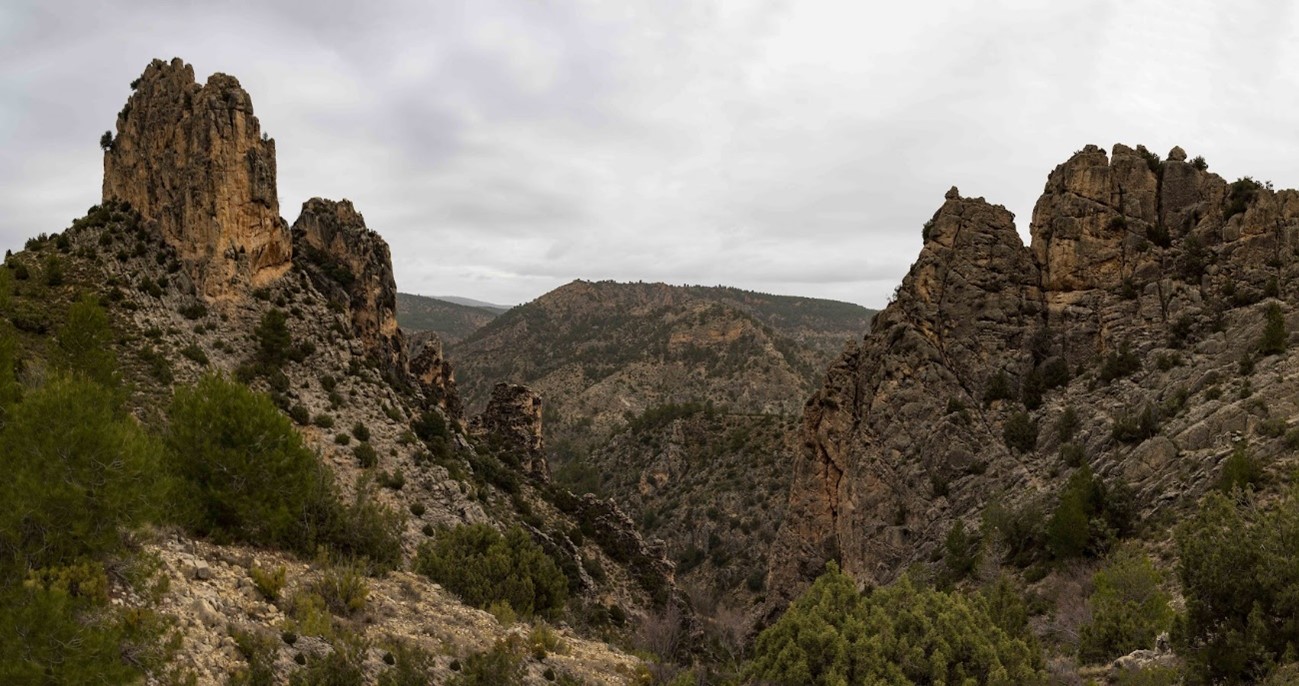
MAESTRAZGO
Natura 2000 Site, SPA ES0000306
(54,226 ha)
t is an enormous and compelx system of mountain ranges and river gorges that forms part of the Iberian system, where the Bearded Vulture became extinct in the mid-20th century. The Iberian system is an important corridor for the species, linking the mountains of the north of the peninsula (Picos de Europa and Pyrenees) with the central system and the Betic mountains (where the Cazorla population is located).
The area has one of the densest vulture populations in Europe, with 872 pairs of Griffon Vulture, 8 of Egyptian Vulture, 8-9 of Golden Eagle and 2 of Bonelli’s Eagle. The food resources are also important, with several thousand mountain goats (3,550 if the nearby mountain ranges are added), with Red and Roe Deer. It also maintains an important extensive sheep herd, with densities up of 33 sheep/km² and 2 goats/km².
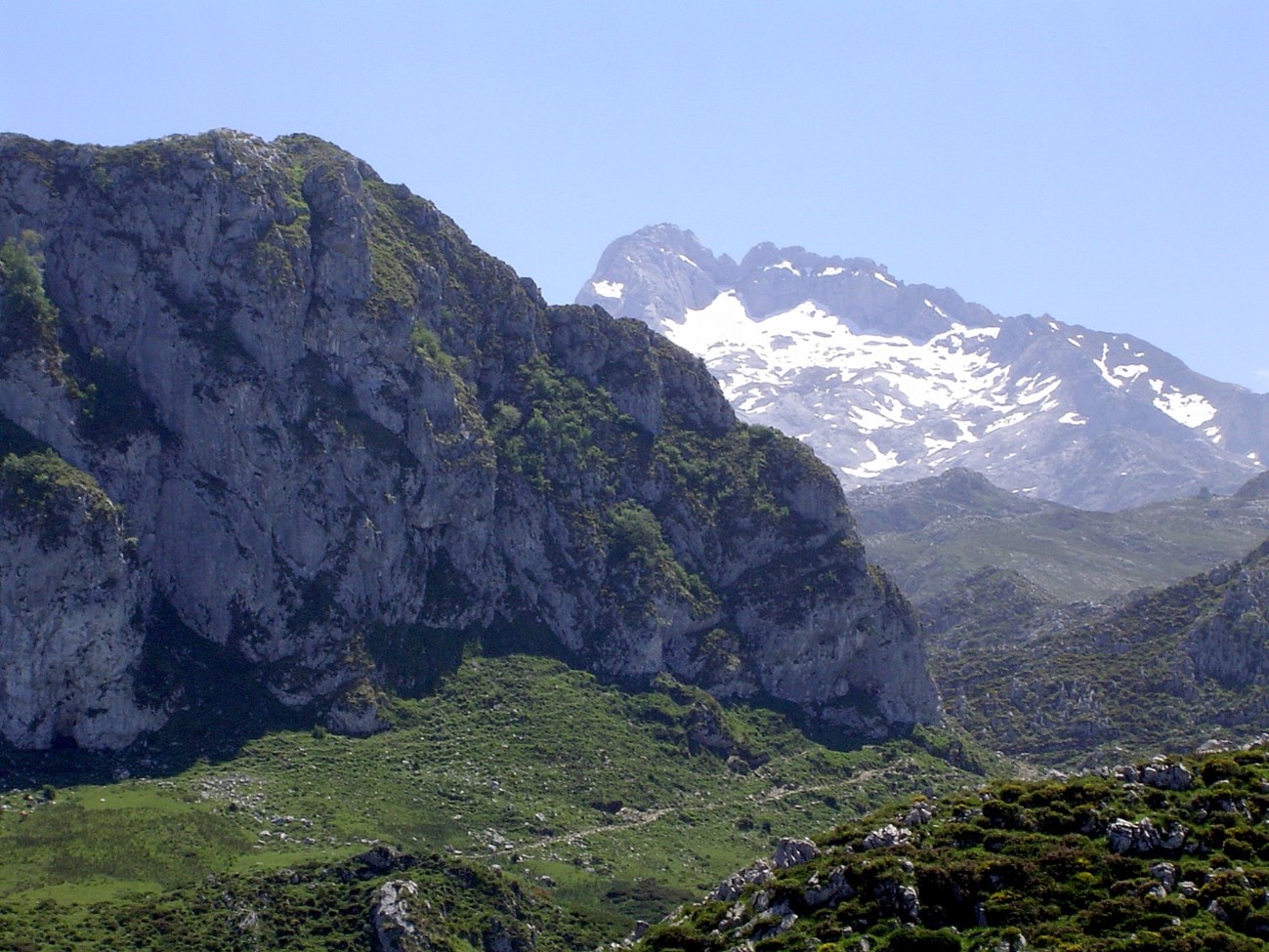
PICOS DE EUROPA
The area of action focuses on several Natura 2000 spaces, SPA ES0000003* – ES1200009 – ES1200001 – ES0000198 – ES4130003* – ES0000248
(289,192 ha)
The Cantabrian mountain range runs parallel to the northern coast of the peninsula, from the Pyrenees to the NW corner. It reaches its greatest relevance in the Picos de Europa National Park (ES0000003), which in turn is surrounded by five Natura 2000 sites. Here too, the Bearded Vulture was eliminated in the mid-20th century.
The area is well conserved, with many optimal sectors for the species. Food is abundant, both wild (Chamois, Roe Deer, Red Deer 6.3 ind/Km², Wild Boar) and livestock (mainly goats and sheep).
In 2014 the FCQ started a Bearded Vulture reintroduction project (LIFE NAT/ES/000322) and today there are 3 nesting pairs (2022). There are also 241-272 pairs of griffon vultures, 31-34 of Egyptian vultures and 25-27 of golden eagles.
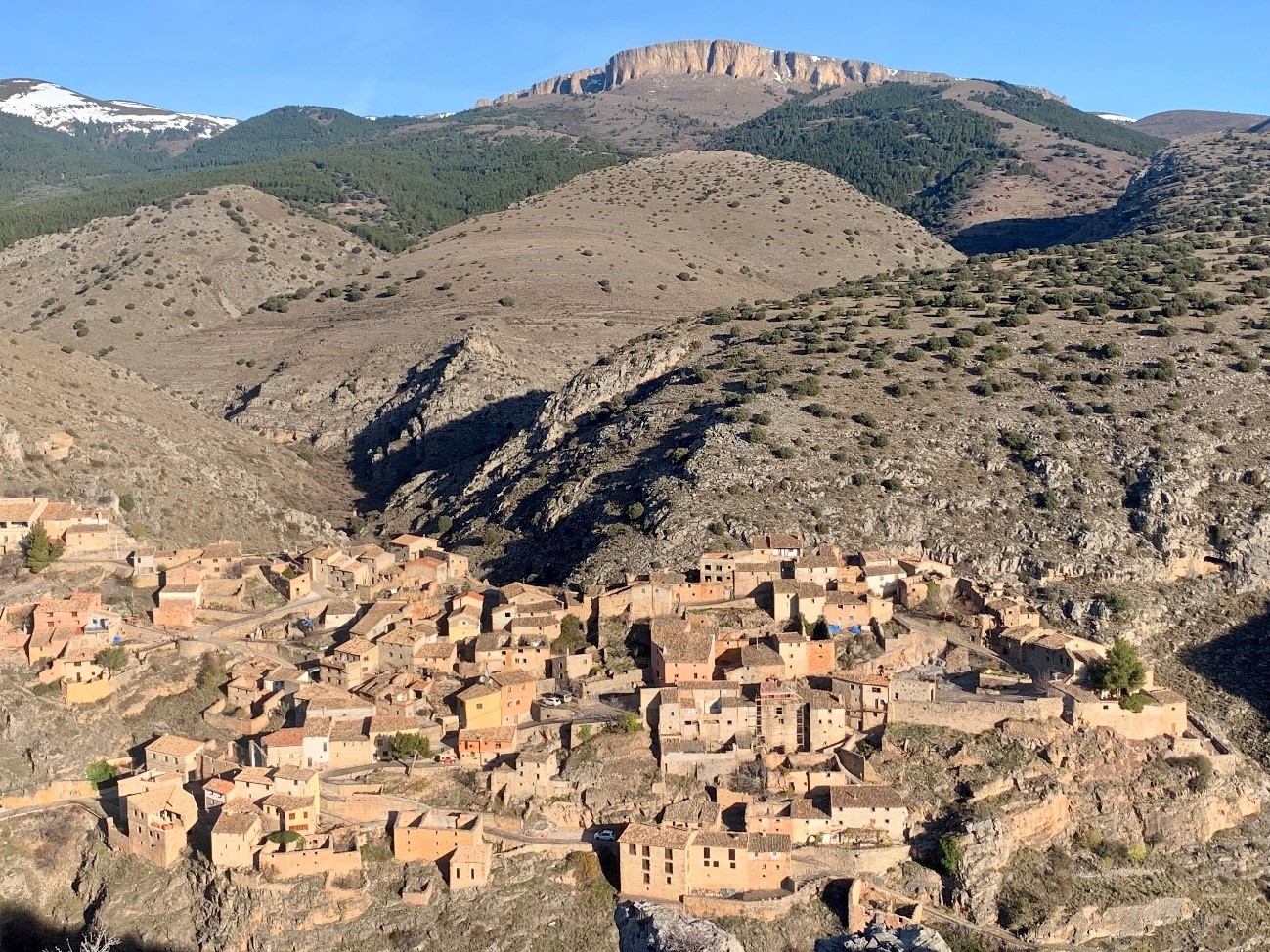
MONCAYO
Natura 2000 SPA ES0000297, ES4170044
(23,782 ha)
It is located in the central sector of the Iberian system, between the Maestrazgo and the Pyrenees. In the southern sector there are deep canyons of limestone nature.
As in the previous areas, here the Bearded Vulture was eradicated in the middle of the 20th century. There are 315 pairs of griffon vultures, 7 Egyptian vultures, 5 golden eagles and 1 Bonelli’s eagle. The food resources of wild origin are important (roe deer 3.6 ind/Km2, wild boar 2.3 ind/Km², red deer) and are complemented by an important livestock population (sheep and goats). Here in the early 2000s the FCQ undertook several actions to try to fix vagrant bearded vultures coming from the Pyrenees, but without success. However, recently a pair of wild origin has been fixed, which has not yet reproduced.
